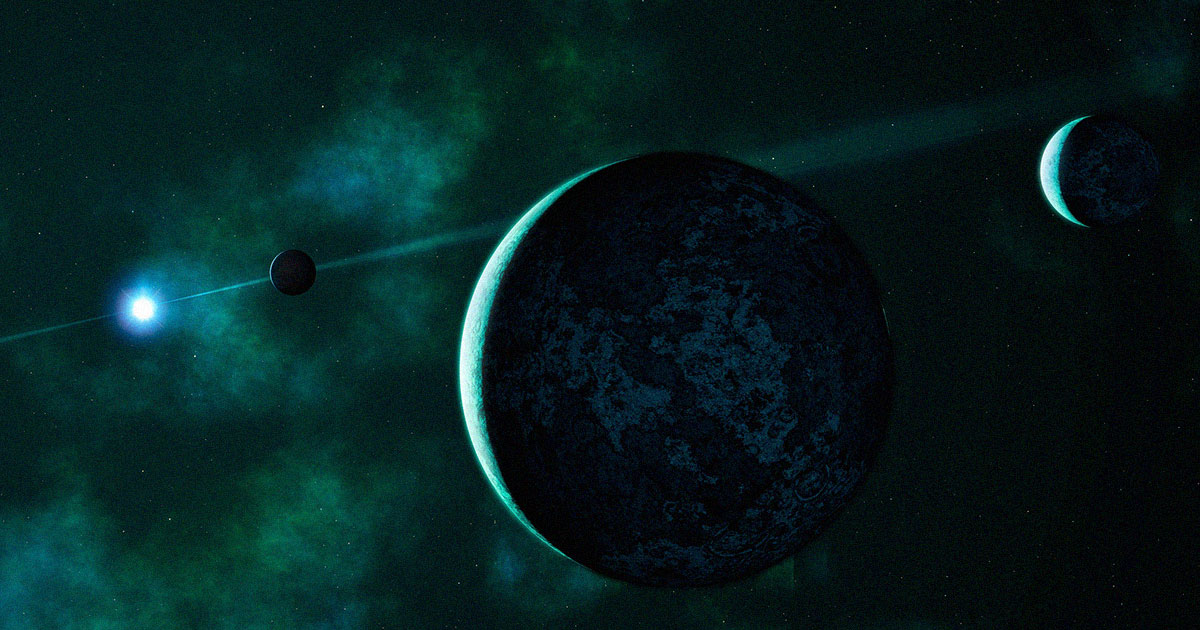
Mass Effect
For years, astronomers have been using the extremely steady flashes of light emanating from pulsars, the highly magnetized remains of dead stars that spin like cosmic lighthouses, to keep time on an atomic level of accuracy and observe gravitational waves.
But there are fleeting moments when these highly regular pulses aren’t exactly on time. As IFLScience reports, researchers are now suggesting that huge invisible masses may be passing in front of the pulsars, causing barely perceptible delays in the signals on the microsecond level.
What exactly these masses are — or whether they even exist at all — remains a heated debate.
“I have been warned not to call them planets, not to call them dark matter, just call them mass concentrations because, just by looking in the radio, you can’t determine what they are,” University of Notre Dame professor John LoSecco, who has been studying the phenomenon and presented his findings at this week’s national Astronomy Meeting at the University of Hull, told IFLScience. “They could be a brown dwarf [star] or some sort of a white dwarf or something else.”
Fleeting Shadows
LoSecco and his colleagues have been creating a catalog of these mysterious masses using arrival time data from seven radio telescopes spread across the globe.
“There were 12 candidates and they come from eight independent pulsars,” he told IFLScience.
The research might even shed light on dark matter, the hypothetical stuff that scientists believe makes up 85 percent of the total matter in the universe, but has yet to be observed directly.
“We take advantage of the fact that the Earth is moving, the Sun is moving, the pulsar is moving, and even the dark matter is moving,” LoSecco explained in a press release. “We observe the deviations in the arrival time caused by the change in distance between the mass we are observing and the line of sight to our ‘clock’ pulsar.”
One of these invisible masses measured just one-fifth of the Sun’s mass, which LoSecco argued “could be a candidate for dark matter.”
But a lot more research has to be done before we can tell for sure what is causing these minute discrepancies in the cosmic beats of pulsars.
“The true nature of dark matter is a mystery,” LoSecco admitted. “This research sheds new light on the nature of dark matter and its distribution in the Milky Way and may also improve the accuracy of the precision pulsar data.”
More on pulsars: Astronomers Baffled After Zombie Star Remains Start “Glitching”
EMEA Tribune is not involved in this news article, it is taken from our partners and or from the News Agencies. Copyright and Credit go to the News Agencies, email news@emeatribune.com Follow our WhatsApp verified Channel





